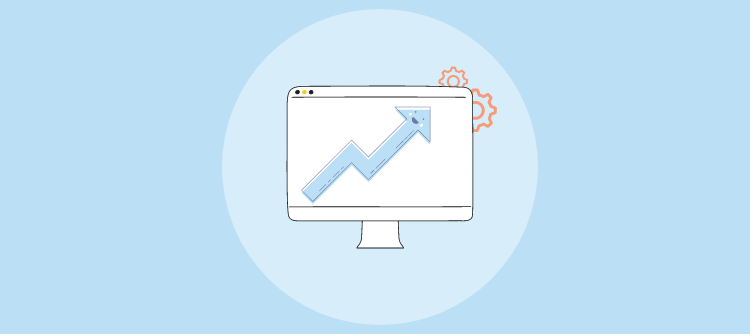Imagine this: Your team is halfway through the new software project that your company worked so hard to secure. Now, with less than 48 hours left, you get a call from the client.
What could possibly go wrong?
Well, the client wants to tweak the app UI into something that was never discussed in the initial blueprint—a complete redesign is required—and that too within the same deadline! (Wait, what?)
Now, if you’re the manager in charge, needless to say, all hell breaks loose. So yes, project risks are real (even when you think everything’s under control).
In this blog, we will discuss how to tackle such unanticipated risks with project risk management plans and a software solution.
New here? Check out the video below to get started with project management –
What Are Project Risks?
Project risks are uncertain events that can negatively impact your project’s objectives. Whether it’s a delay in delivery, a budget overrun, or a sudden change in project scope, these risks can compromise a project’s quality, timeliness, and financial viability.
But then, you may ask – Are project risks the same as project issues?
Well, not exactly. You see, a project may run into an issue at any time. Issues are more likely to be anticipated problems that usually have a Plan B. You can’t say the same for risks – they come out of the blue and are unanticipated.
Hence, to deal with risks, you must have definite risk management strategies and be willing to lead the project to success.
6 Popular Risk Management Strategies
“The key to risk management is never putting yourself in a position where you cannot live to fight another day.”
– Richard S. Fuld Jr., American Banker.
Effective project risk management strategies are essential for mitigating the adverse effects of uncertainties. Here are 6 widely recognized strategies to manage project risks, with practical examples –
Identification
The first step is to identify potential risks. Analyze past challenges and lessons learned.
Were there budget overruns due to underestimating resource requirements? Perhaps communication breakdowns between teams led to delays. By incorporating these historical insights, you can anticipate potential pitfalls that might otherwise blindside your current project.
Now, let’s help you understand with the help of an example –
Suppose you’re working on a software development project. During brainstorming, your team identifies potential technical challenges, such as integrating with a complex third-party library or encountering compatibility issues. Resource limitations can also be a concern.
By proactively identifying these risks, you can develop mitigation strategies.
These strategies can include allocating additional time for integration testing, securing training for specific skill gaps, or considering outsourcing certain functionalities.
Read More: Common Project Management Challenges & How to Address Them
Avoidance
Avoidance is not about saying ‘NO’ to the client because your project manager instincts have suddenly kicked in – and somehow, you expect the project to get your team in trouble, surely!
Jokes apart, avoidance involves altering your project plan to eliminate a potential risk or protect the project’s objectives from its impact. In simple words, if there’s a risk of a critical component delivery being delayed, you might choose a local supplier over an international one to avoid potential shipping delays.
Unless the client’s specifications are strict, project managers usually make some changes to ensure the project avoids risks and stays on track.
Mitigation
What happens to the damage that cannot be avoided or prevented? Well, you need to find a way to mitigate it.
“The goal of risk mitigation is not to eliminate threats. Rather, it focuses on planning for inevitable disasters and mitigating their impact on business continuity.”
– IBM
Mitigation seeks to reduce the likelihood or impact of a risk. Suppose your project relies on a new technology your team is unfamiliar with. To mitigate this risk, you could conduct training sessions using an LMS software system.
FREE. All Features. FOREVER!
Try our Forever FREE account with all premium features!





